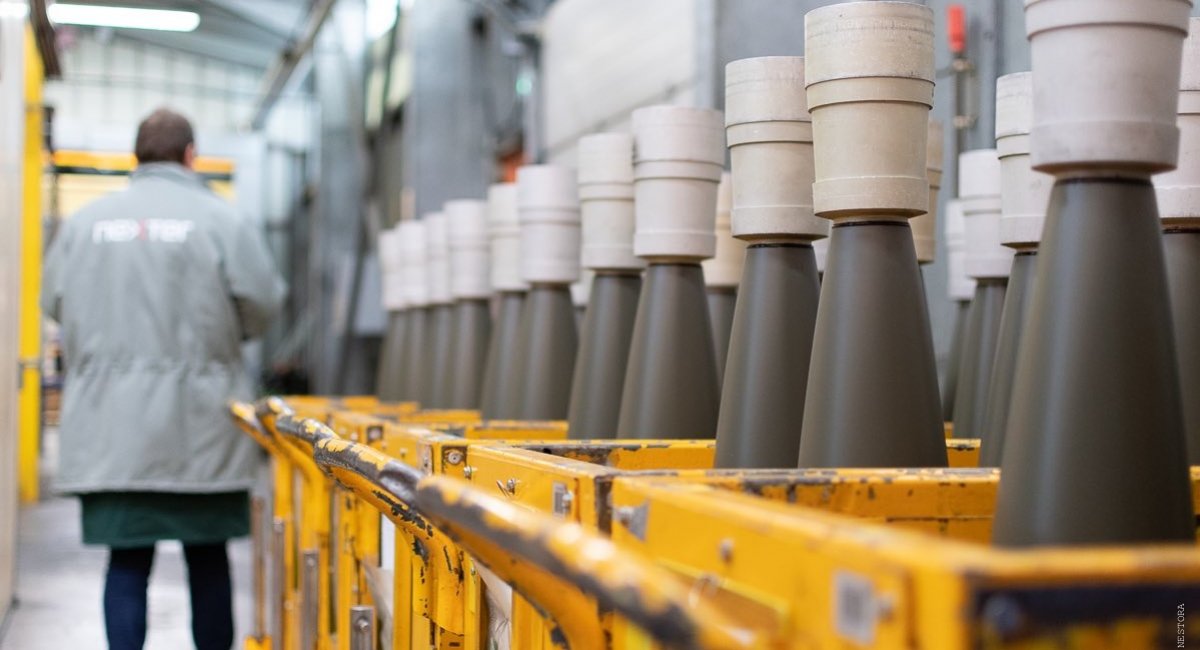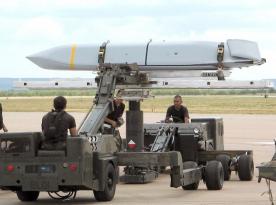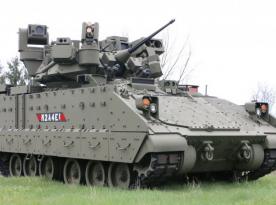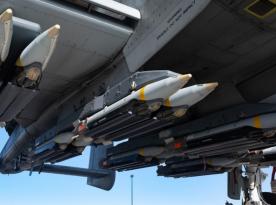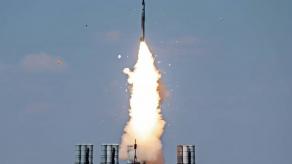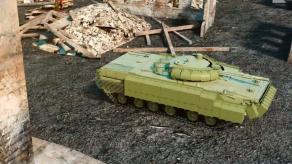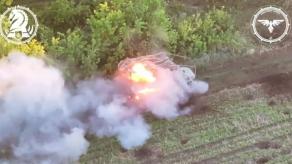September 2023, U.S. Under Secretary of Defense for Acquisition and Sustainment, Bill LaPlante reported to political and military officials, as well as manufacturers about the active increase in ammunition production during a conference at the Center for a New American Security.
What he was talking about could be described as a really effective program, combined with administrative and industrial solutions that demonstrated the capabilities of the American defense industry to quickly respond to challenges. After all, achieving a production rate of 28,000 munitions per month from 14,000 as of December 2022 is largely attributed to the Pentagon's extremely active work.
Read more: German Rheinmetall Promises to Make Six-Digit Numbers of Artillery Shells Yearly at the New Factory in Ukraine
Doubling the industrial capacity required months of persuading, on the one hand, Congress to provide hundreds of millions of dollars, so this money can be invested in the ammunition industry and guarantee defense orders. On the other hand, the manufacturers had to be promised stable contracts to encourage them to expand their production.
Then, in October 2023, U.S. Army procurement chief Doug Bush had absolute confidence: "We have a plan, we’re getting the money. The hard part is actually doing it." So the plans, already adjusted towards larger volumes, outlined milestones on the path from 60,000 ammunition per month in 2024 to 100,000 per month in 2026.
Half a year later, there is little left of this confidence, because Congress has still not been able to agree on the budget of the U.S. Department of Defense and come to an agreement on aid for Ukraine, Israel, and Taiwan. Note: while all of this is happening, the largest war in Europe is unfolding since World War II and the largest global crisis in decades.
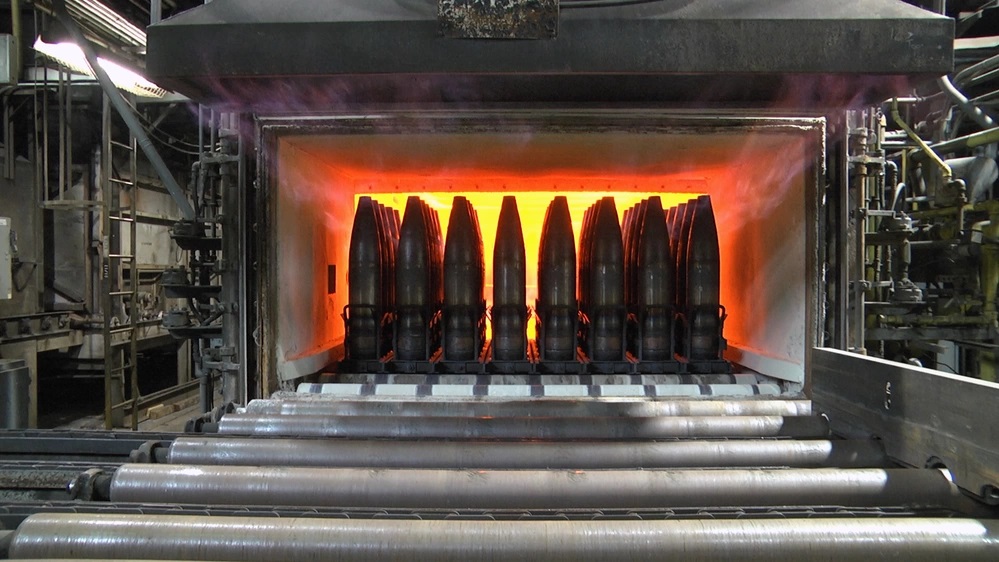
And now Joe Hilbert, Director of Force Development at the White House, admits during a briefing at the Pentagon that without funding the ammunition expansion program, the maximum that can be achieved is 72 thousand ammunitions per month. Apparently, that is the estimated capacity by 2025. This means 864,000 artillery rounds per year, or 2.8 times less than russia is planning to make in 2024.
Behind these reduced production figures is not only the operational situation on the Ukrainian frontline but also the internal affairs happening with the U.S. defense-industrial complex.
Namely, in 2023, the Pentagon could confidently say to defense companies: you expand production – we will buy everything. Such a promise meant that manufacturers could ram up not just the assembly lines of ammunition itself but of all its components as well, including explosives and gunpowder, which had to increase proportionally. However, the current situation clearly shows that the business-friendly confidence in further development has come to an end.
Despite the problem seemingly being sector-specific, in fact, it spreads far beyond ammunition-making and affects the entire American defense industry. Aid for Ukraine was objectively the main outlet for American weapons for the past two years and source of income for defense companies. Contracts awarded to American defense companies, both for the production of new armaments under the USAI program and for the restoration of old equipment from the Pentagon's stocks under the PDA program, amount to a total of $44.2 billion.
These deals cover almost every type of weapons and military equipment: from Javelin and Stinger man-held missiles to HIMARS and Patriot systems, from Joint Light Tactical Vehicles to Abrams tanks.
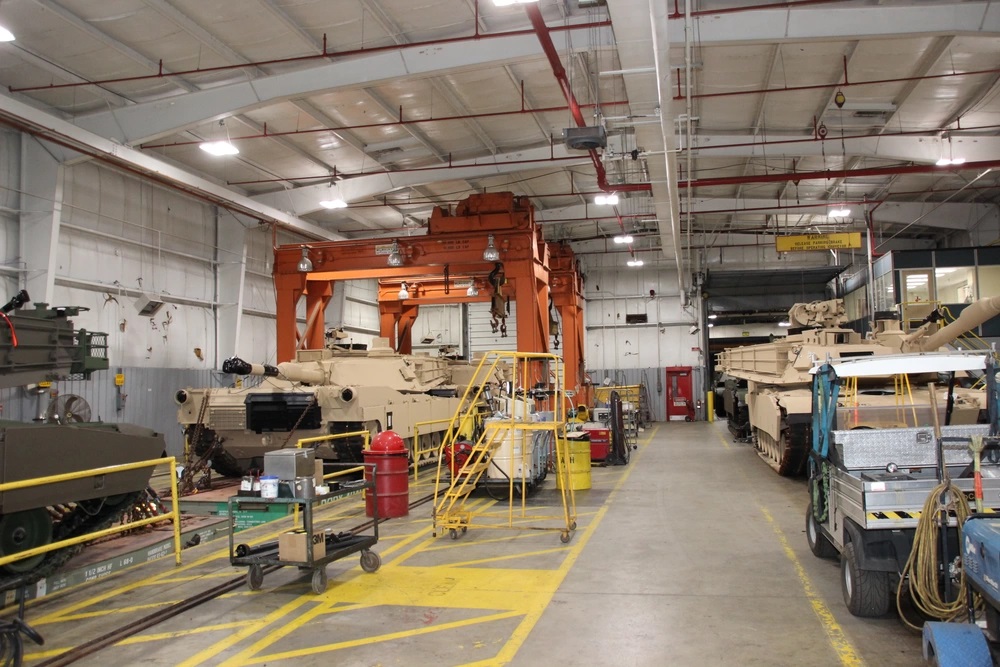
We should not forget that the defense business is, first of all, a business that always favors stable predictability. Manufacture of weapons under both security assistance programs for Ukraine is precisely about stable long-term demand, which used to open before the companies, big and niche ones, the way for modernization and expansion. What they have now instead is a prolonged pause and no understanding when it will end.
Consequently, any investment in scaling up the production may not pay off. This is an obvious risk that any business tries to avoid. The uncertainty "trips" them on the starting line, erases any optimism, and most importantly, undermines trust. This situation could not be farther from the Trumpists' promise to make someone great again, because insecurity and mistrust only creates chaos.
Read more: EU Approves New €500 Million Tranche for the ASAP Program to Make More Ammunition for Ukraine



